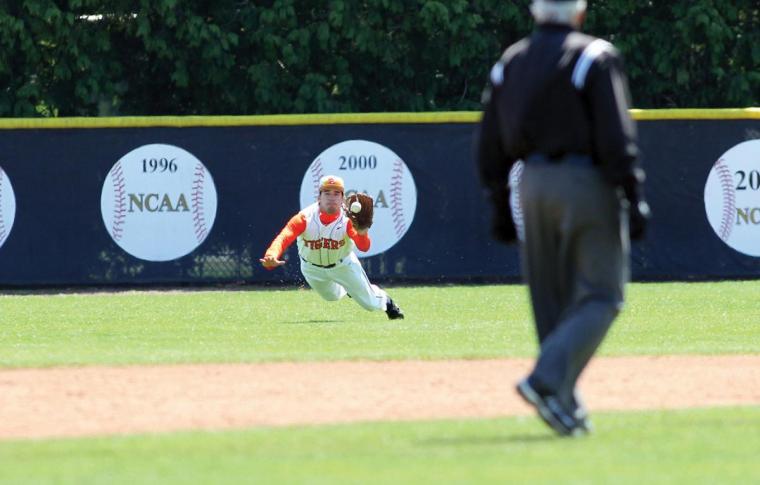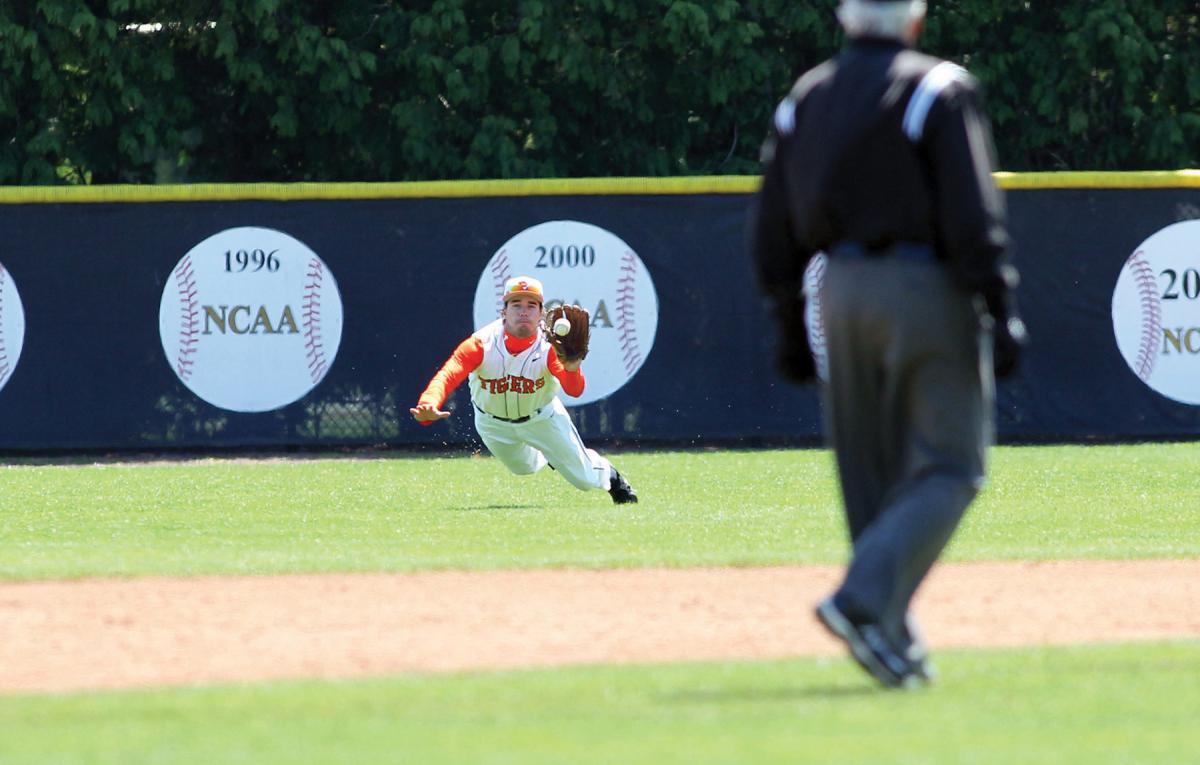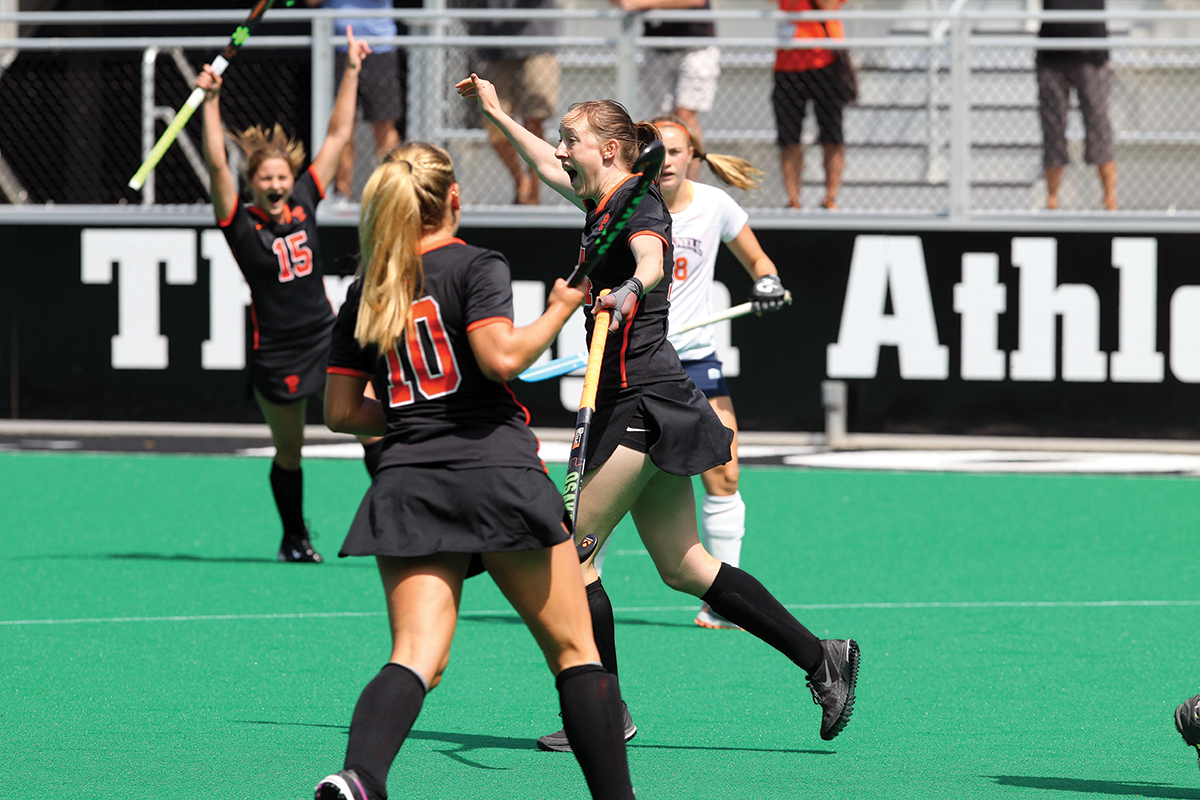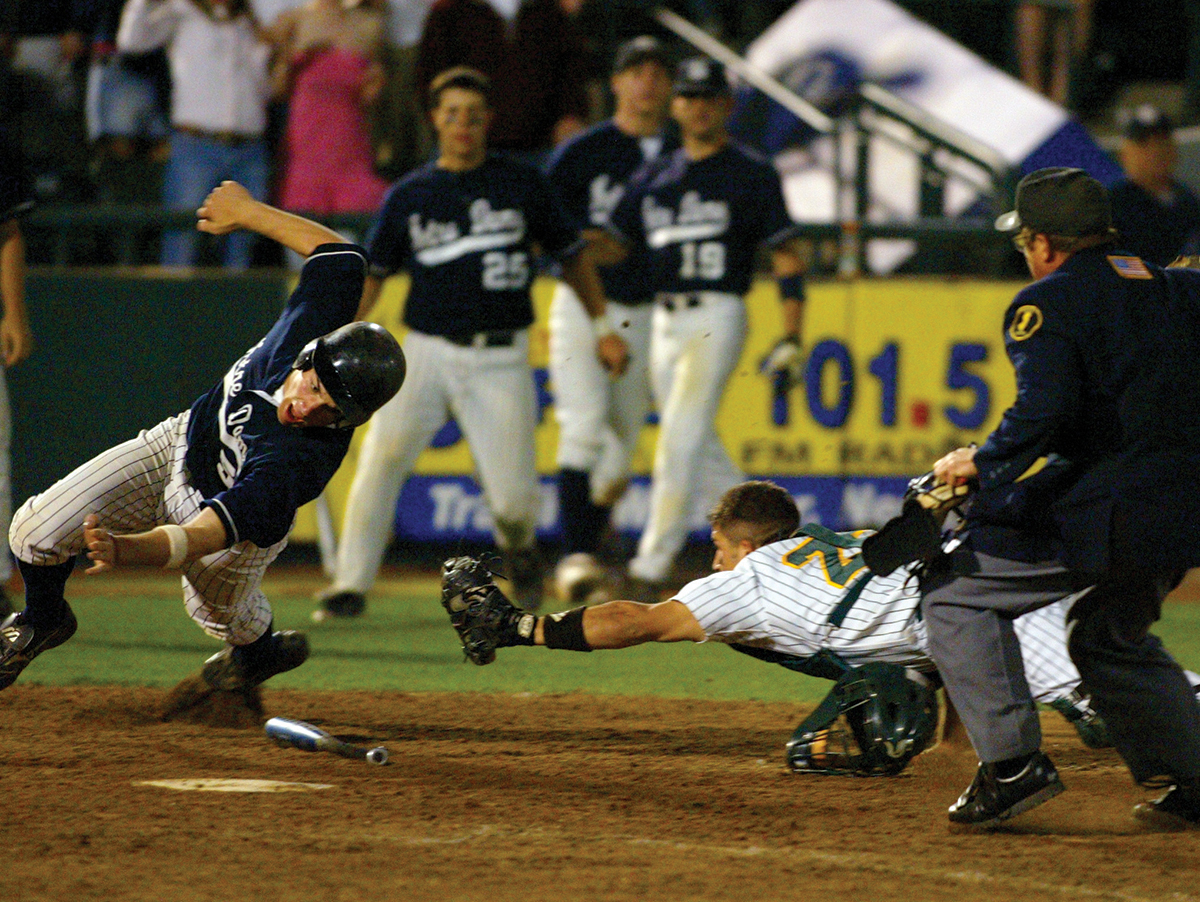

Really, there’s nothing that is going to get a professional photographer more irritated than hearing that. Yes, we enjoy what we do, but when we’re at sports events, we’re not there to cheer or to have fun; we’re there to work. In fact, half the time, we’re not looking at the scoreboard; we’re concentrating at the action on the field (or on the court or in the pool, or wherever else we happen to be.) And doing our job well depends on making sure we capture the right moments at the right time.
Professional photography of sports events is both an art and a science. For that reason, when you’re looking into hiring someone, you want to find the right person who is able to do what you want – not just think it sounds like fun. Here are some guidelines to help you choose the right professional – and a few others to help him or her do the job you want.
Know what kind of shots you’re going to need: If, for example, you’re putting on a tennis tournament, make a list of the type of images you expect. Do you want action shots of the athletes? How about pictures taken during receptions and donor-sponsored events? These are two different types of photography and a person may be skilled in only one of these.
Most people don’t realize that a public relations or events photographer (the person who would be present during receptions and so on) is generally not going to have the same type of equipment as someone who is taking shots during a match. The event photographer is not going to have a $5,000 lens that will capture high-speed action. On the flip side, a sports photographer may not have the lighting equipment necessary for an evening reception. And while it’s easy to think a professional with a camera can perform both functions, that’s not a mistake you want to make.

Know the copyright issues: Most professionals will not sell you the copyright to the photos; they retain that. (Yes, even though the photographer is working on your dime, the images they take are still their property.) In most cases, you won’t need to purchase the copyright, anyway; what you are paying for is the ability to use the images.
What does all this mean? For the most part, it means you can use the photos all you want – in your brochures, in programs, on your website, for your promotional use, in digital form and in hard copy. The only thing you can’t do is sell those images to a third party and make money off them because they are still owned by the photographer. (As an example, you could have copies made of the image of a basketball tournament and give reproductions to your sponsors as a gift; however, your sponsors cannot use them in their own advertising materials.) When in doubt, check the contract with your photographer and ask questions if something isn’t clear to you.
Outline to the photographer how the photos will be used: If photos will be used in the hard copy of a publication, they must be high-resolution. If they are only for online use, they can be a lower-res. Specifying this in advance can save a lot of time.
Find out how the photographer will be sending you the images: In the old days, a photographer had hard copies, or later, burned a CD of photos for you. These days, images might be on a thumb drive, in an e-mail or even in the cloud on a file-sharing program like Dropbox.
Make sure the person has experience in the sport you need: Not everyone does. Not only is sports photography an art, it involves etiquette. For example, a professional tennis photographer knows he or she can only get up and walk around during changeovers. In lacrosse, the photographer can’t stand behind the net or to the side of it; there’s too much risk of being hit by a ball. In squash, the photographer will be on his or her stomach, wearing all black and looking through the wormhole (not standing upright in front of the Plexiglas court door). And of course, the photographer should never be on the field of play or interfering with the players, officials or team personnel while a game is in progress.
You’ll need to make sure everyone involved knows you have an official photographer, and that they recognize that person. (I once had the unfortunate experience of shooting at an NCAA championship, and being told by a rental security service that I would be arrested if I went out on the field to take a photo of the team posing with their trophy. To this day, the team lacks a championship photo because someone in a windbreaker that said SECURITY on the back was not aware there was an official photographer.)

Find out if the photos will be available to athletes later (and if so, how): If you hire a photographer for your event, that person should not be making side deals with spectators, athletes or anyone else. I have been at numerous events where people have slipped me business cards and asked how they could get a photo. It is the client’s responsibility to decide how photos should be distributed.
Some photographers may work directly for you, but with your permission, will put the photos on their personal website and make them available for a charge to those who wish to purchase them. A low-res copy (such as for use on social media) will be fairly inexpensive; however, something a parent might order to hang in their home in a larger size could be more costly.
Very large events (and by this, we mean events such as marathons, group bicycle rides or triathlons) may have photographers who pay event owners for the privilege of being present to take action shots of athletes. They are then responsible for e-mailing proofs to athletes and listing costs for various shots. A problem with this arrangement is that athletes may feel they are being spammed by the photographer.
Remember that when you are hiring a photographer to cover an event, that person is capturing not just images but memories. A shirt or bag may wind up in the closet, and food and beverage from that day will be consumed, but the pictures will be treasured. Therefore, you want shots that are clear and bright – not pixelated, grainy or dark. There is a reason, when people are evacuating their homes due to a disaster, they reach for photos as they’re leaving: they represent a great memory and they don’t want to leave that behind. SDM

